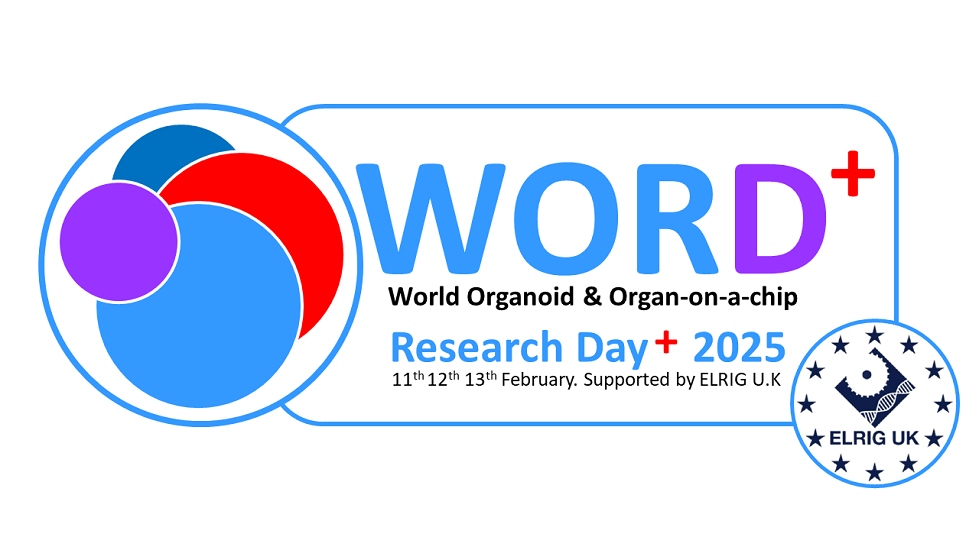Authors
C Gandara1; W Atkin1; H Steward1; M Kay1; G Buchanan2; L Armstrong1; V Chichagova1;
1 Newcells Biotech, UK; 2 Gen Script, UK
Overview
Due to well-known limitations of in vivo and existing in vitro retinal models, a 3D in vitro model of the human retina which is reproducible and able to accurately predict in vivo outcome is highly desirable.
Introduction
Our aim was to investigate the consistency of human iPSC-derived retinal organoids (RO) produced at large scale by quantifying the gene and protein
expression levels of key retinal cell markers across differentiation in multiple
batches.
Methods
Retinal organoids selected at random
4 Biological replicates
0-210 days in culture
Gene expression relative to iPSCs
Protein expression and localization
Results
Figure 1. Photoreceptor (PR; Genes: RCVRN, RBP3, IMPG1, CRX; Protein: RCVRN), bipolar (BC; Genes: GRIK1,
CADPS; Protein: PKCα), Müller glia (MG; Genes: RLBP1, CRYM; Protein: CRALBP), retinal ganglion cell (RGC;
Genes: MATH5, BRN3; Protein: SNCG), horizontal and amacrine (HC/AC; Genes: PROX1, TFA2A; Protein: PROX1,
AP2α), Cone PR (Genes: OPN1SW, OPN1MW, OPN1LW, ARR3, RXRG; Protein: OPN1MW/LW) and Rod PR
Conclusion
We analysed the gene and protein expression profile of key retinal cell markers across differentiation in four batches of human iPSC-derived ROs. We observed that PRs, HCs and ACs, at later stages of development, and RGC at early stages, appear at consistent levels across multiple batches. This data set provides crucial information for pre-clinical studies in ROs with application in drug discovery, disease modelling and gene therapy.

